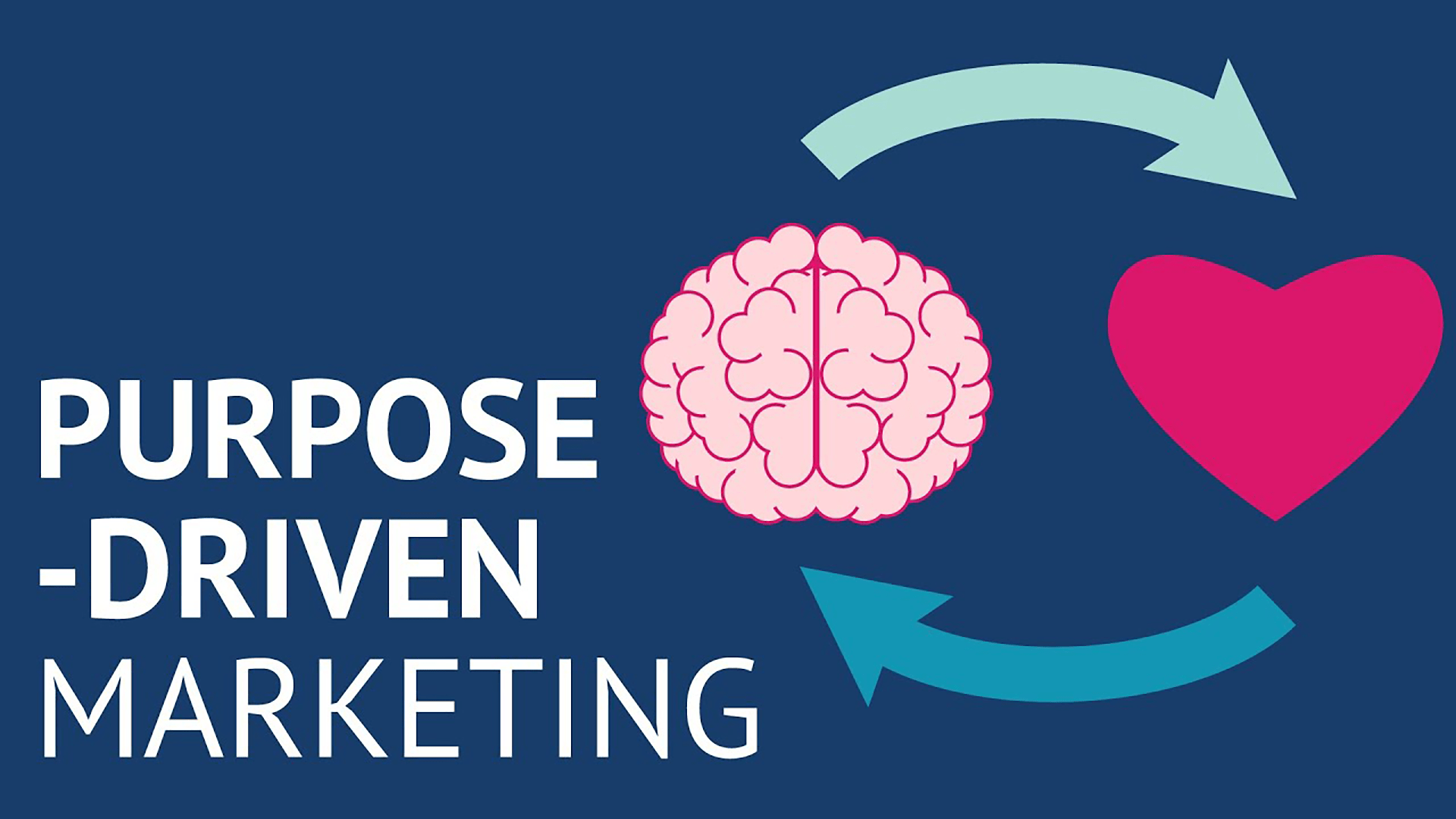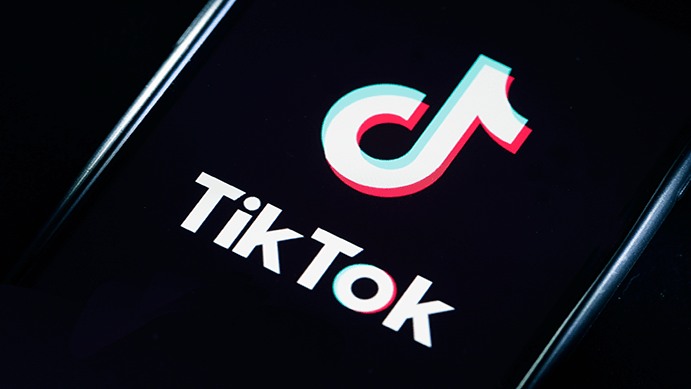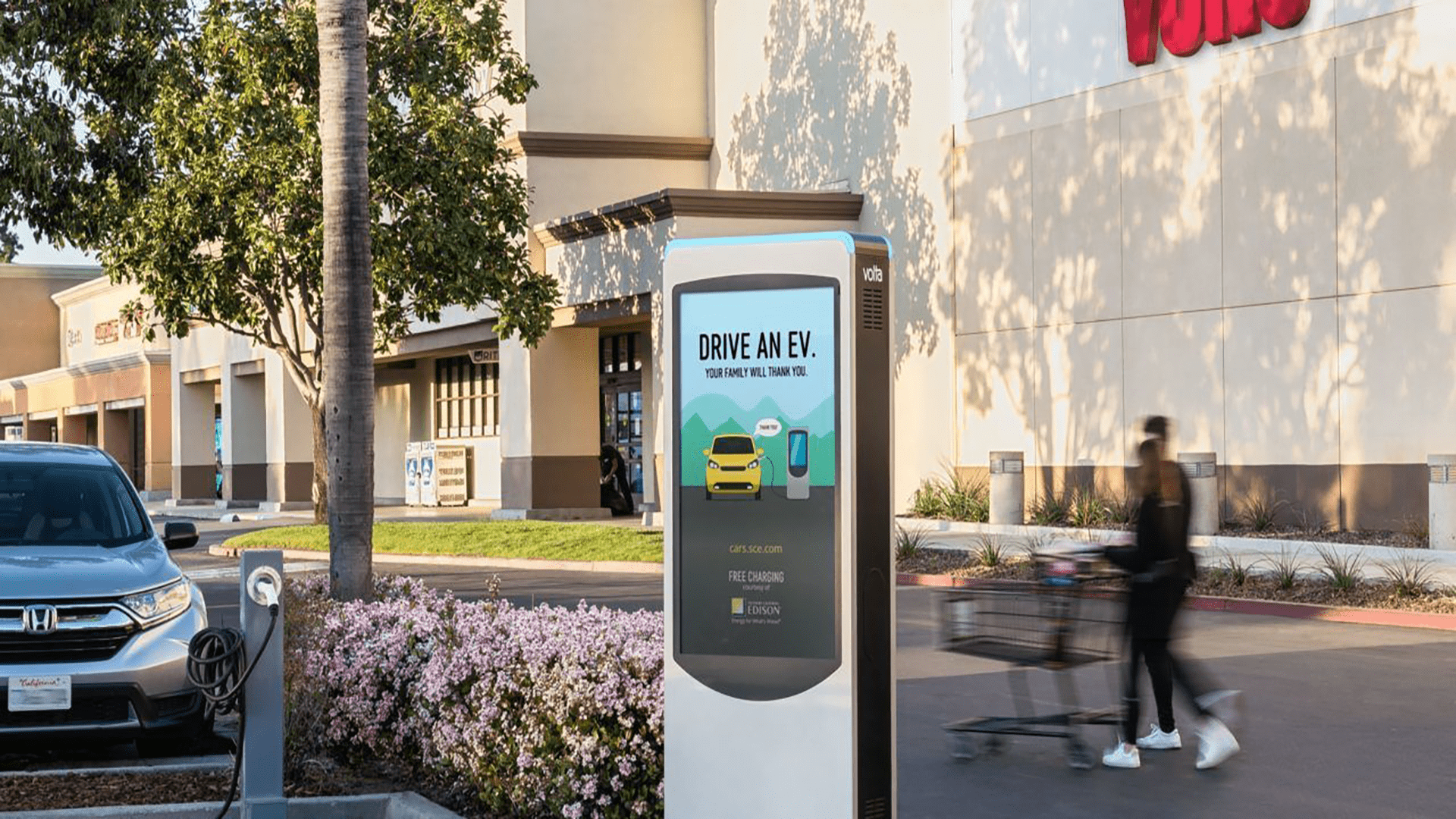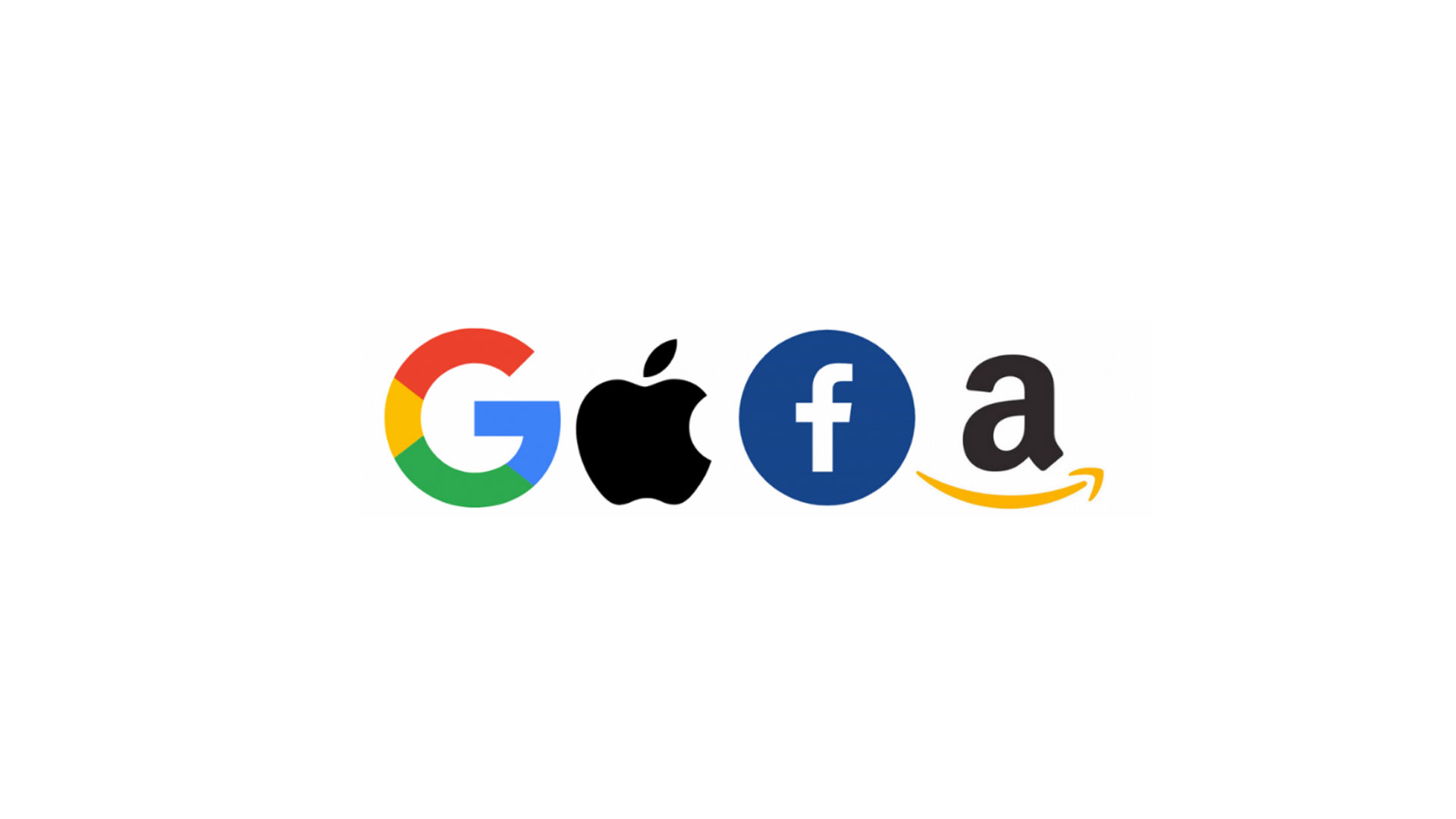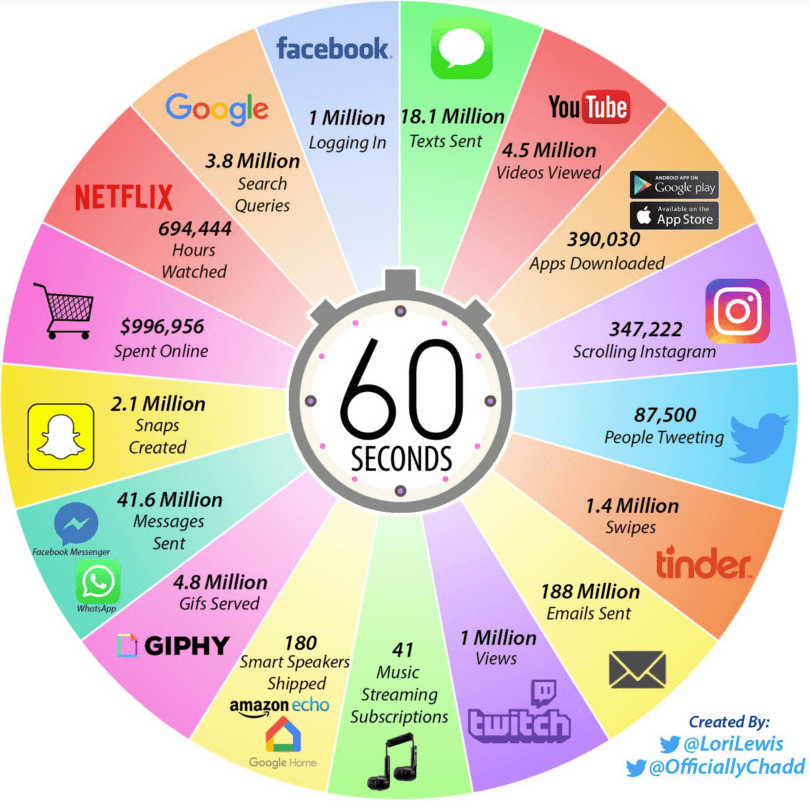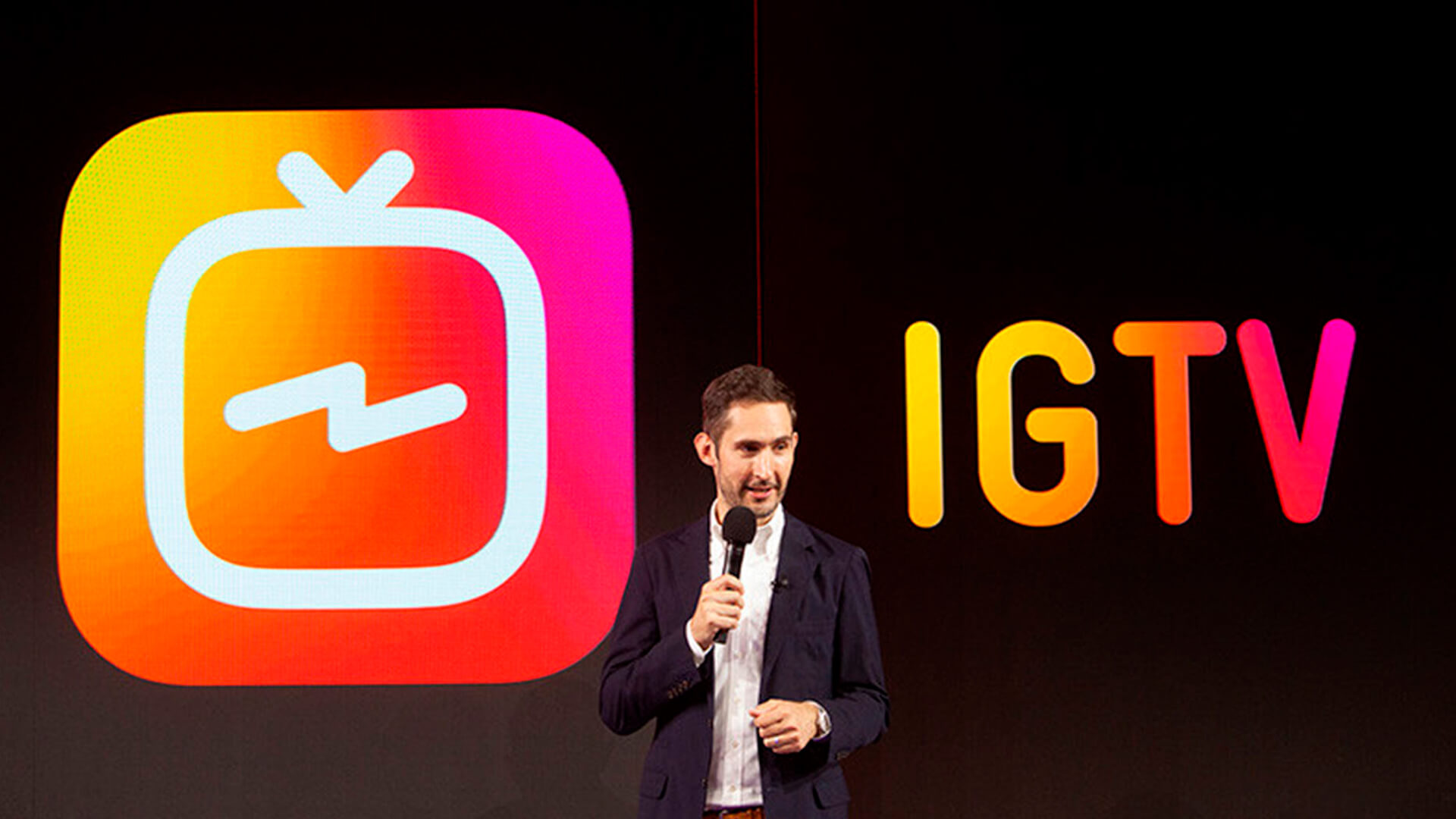LinkedIn released their B2B Benchmark 2024 Report in July, and the document offers invaluable insights into the evolving landscape of B2B marketing. As an independent agency, Now We Collide recognises the value this study holds for any business involved in B2B marketing.
Dust off the cover of any marketing textbook, inside you’ll find a familiar chapter focused on the ’Four Ps of Marketing’. For years, marketers and their brands have lived, died and thrived off a strategy directed by ‘Product, Price, Place and Promotion’. Since then, more ‘P’s have emerged including ‘People and Process’, however in the new age of conscious consumption powered by consumers willing to vote with their wallet, is it time to finally etch a new ‘P’ into the marketing mix?
A P for Purpose.
Purpose, it’s a term that continues to trend throughout the industry. In the last five years we have witnessed a flood of brands reevaluating their brand positioning, based on the need to (or at least appear to) align with stronger ethical, environmental and societal standards.
The push has largely been driven by consumers, a recent study suggests shoppers are four to six times more likely to buy, trust or champion companies with a strong ‘brand purpose’. The stat is a telling explanation as to why brand books around the world are currently being rewritten and reimagined in the era of conscious consumption.
But which consumers have ignited this shift?
The need for brands to reconsider their ethical standpoint has largely been driven by younger consumers, the digital zoomers of Generation Z. Data shows that 62% of Gen Z prefer to buy sustainable brands, while 72% are more likely to support a company that contributes to social causes. With Generation Z’s combined disposable income predicted to increase almost seven-fold to $3.2 trillion in 2030, it’s no wonder marketers are reassessing the need to publicly align to a strong set of values.
Whilst sustainability remains a present concern for all demographics, the data suggests the presence of a mental divide between generations. In the same data set, only 54% of Generation X and 39% of Baby Boomers identified sustainability as an important factor that influenced their purchasing behaviour. So while brands transition to market their ‘clean green credentials’, a reminder that for many older consumers, the four classic P’s are still as relevant as ever.
So how can brands ensure they set themselves up for success, through the lens of Purpose? In an era of radical transparency, it can be argued that brands must ensure their claims are authentic and backed by tangible actions.
Armed with smartphones and a desire to achieve social justice, Gen Z have been likened to a generation of online sleuths, unafraid to conduct some amateur detective work. We’ve already witnessed numerous examples of brands being held to account, even #cancelled, due to their unethical brand practices appearing at odds with their public perception.
Luxury fashion label Coach was recently caught out for slashing and destroying unsold product, in a set of viral Tik Toks by New York influencer @thetrashwalker. The practice that some have linked to an effort to avoid paying tax, spurned widespread criticism of the High Street fashion house. Consumers were quick to point out that the practice seemed to contradict Coach's new (Re)Loved campaign, which championed the brands commitment to sustainability and recycled goods. So while the brand attempted (unsuccessfully) to navigate the subsequent PR nightmare, battered and bruised it was clear that severe damage had already been done.
Beyond sustainability, marketers are increasingly reevaluating their brand positioning to ensure their ‘Purpose’ is aligned to broader public sentiment. Nike has been one of the most visible pioneers of the practice with their 2018 Dream Crazy campaign featuring American civil rights activist Colin Kaepernick. Closer to home, we’ve seen numerous examples of brands making a conscious decision to reimagine themselves, going as far to rename their products to ensure their company values represent modern community standards. From a popular confectionery giant changing the names of key products, to a major cookware and grocery brand ditching a ‘celebrity chef’ over inexcusable conduct, brands are constantly reassessing their partnerships and the public causes they associate with. From this point onwards, it seems vital that brands look inwards, rather than outwards when engaging with partners.
One of the most important things brands need to ask themselves is:
- What is it we are aligning to?
- Is this a cause or social practice that we are making conscious effort to address within our own business?
- What tangible actions can we make to ensure our effort is beyond virtue signalling?
Without thorough examination of the state of their own backyard, brands are exposing themselves to significant risk whilst appearing disingenuous in their communications. In contrast, within Australia we’ve seen a number of forward thinking brands build success off a well established brand purpose. Numerous companies have grown substantially, thanks to a strategy driven by values and the ability to cultivate a loyal following of like minded customers. From tradie friendly workwear designed to support mental health, to a toilet paper startup raising significant capital, Aussies are onboard with brands committed to making a tangible difference. The skyrocketing growth should come as no surprise with studies indicating purpose-driven brands grow on average three times faster than their competitors.
Now more than ever, it’s vital for brands and marketers to be considering the ethical, environmental and societal values that shape their business. In an era when shifts in markets can eventuate so rapidly, it’s vital for brands to be on the front foot with a clear and distinct set of values that publicly guide their business and differentiate themselves from competitors.
Facebook is continuing it’s expansion into the e-commerce space by adding new shopper functionality to a number of it’s platforms including a Shops feature on WhatsApp and Marketplace. The move sees Facebook capitalise on it’s growing Marketplace platform, which recently notched over 1 Billion users.
So what do these updates mean? The Shops on WhatsApp functionality essentially allows users to chat directly with businesses before purchasing something from their store. The feature opens the channel for seamless conversation between buyer and seller, giving shoppers the ability to ask questions and query products and specials.
The Shops on Marketplace feature enables sellers to set up an online store within Facebook and include an on-site checkout. The move sees Facebook create an easier payment experience for those playing in the ‘Buy, Swap, Sell’ space on the secondhand Marketplace platform.
It’s no surprise Facebook is investing in the second hand economy whilst it experiences a Covid driven boom. Stuck at home, it seems millions of Aussies have turned to selling, upcycling and trading their pre-loved possessions. Even popular local platform Gumtree is experiencing a boom, reporting 42% of Aussies have said they’re more likely to sell items in the second-hand economy due to the coronavirus crisis.
Not to be outdone, Amazon has recently launched it’s own second-hand and returned goods platform, a new online storefront called Amazon Warehouse. The new service was launched on Amazon Prime Day 2021, a 65-hour online sales event that ran for two days in June. The move sees Amazon compete for a slice of the pre-owned market, looking to take on the likes of eBay, Gumtree and Facebook Marketplace.
Facebook’s blossoming growth has certainly impacted other players in the second hand retail space. Recently it was reported that early web pioneer Craigslist, experienced a 26% drop in revenue during 2020. And a total 50% decline in overall revenue in the past two years. Is there room for smaller players, or even the local town ‘Buy, Swap, Sell’ noticeboard while big tech giants come to play in the secondhand economy?
It will be interesting to see how these major web giants differentiate their offering to attract consumers. The addition of new features looks to be a central part of Facebook and Amazon’s strategy, ultimately consumers will use platforms that are easy to navigate and offer a seamless payment experience. Could it be that the days of handing $50 cash to Jill down the road for her old dining table may be over? For some of us, we hope not.
Source: Volt Charging
The perfect partnership. In the US, Volta Charging (a commercial network of EV charging stations) has partnered with the largest electricity provider in southern California and Albertsons grocery stores to advertise the benefits of driving electric vehicles. The partnership sees Volta’s eye-catching digital displays function as a sophisticated media network to promote the shift to sustainable technology. Located in front of grocery stores, Volta’s charging stations allow customers to charge their cars whilst they shop, offering an easy win-win for early adopters of electric vehicles.
It’s great to see new advertising opportunities emerge thanks to the development of more publicly available charging stations. Whilst Australia’s rollout of EV technology is slow compared to the rest of the developed world, it will be interesting to see how quickly outdoor media companies jump on the opportunity to advertise on these vital pieces of public infrastructure. For the last few years in Australia, consumers have been served commercials from digital screens at prime urban service stations. Val Morgan currently boasts a national network of 3,000 ‘On-the-go’ screens that reach a total audience of over 12 million consumers. Will they be the first to offer similar technology here in Australia when EV charging stations become more readily available? Charge Fox currently boasts Australia’s largest EV network and is aiming to have 5,000+ stations by 2025, this would potentially create a sizable network of DOOH sites.
How consumers react and interact with these public assets being used as outdoor advertising mediums is open for debate. Is there a possibility that these spaces are reserved only for brands that have a good track record when it comes to environmental policy? Would it be safe to assume consumers would be unimpressed if brands with a poor history of plastic pollution such as Nestle or Coca Cola began to use the medium? It’s difficult to imagine how a brand marketing their latest bottled water made with harmful plastics, could appear on technology that fundamentally promotes sustainability. Technology may also play a part with the potential for interactivity between the EV DOOH sites and users or the cars themselves - with cars now having multiple large screens inside and a 20 minute + dwell time for charging, it’s possible that media (such as video, gaming etc) could be served to the in-car experience via wifi or other technology.
Furthermore, we are predicting this new media space would initially be best suited to target high value consumers, as the current price point of electric vehicles in Australia means the products are reserved for those with a higher income. Would EV charging station media be best suited to market the latest Bose headphones, whilst a local service station markets a budget headphone option from JBL? We could potentially see the targeting of demographics play out quite openly on our local streets. As Australia catches up with the transition to electric vehicle technology, we will be keeping a close eye on the potential opportunities afforded to brands who could appear on these highly valuable public assets.
MEDIA RELEASE: AdNews
When brands embark on integrated digital campaigns there’s usually an abundance of enthusiasm.
But as Keir Maher, managing partner of indie agency Now We Collide, explains, there’s also the tendency to overlook the devil in the detail.
Here are half a dozen ideas to help avoid these pitfalls
The recent democratisation of technology is a pretty good thing. One advantage is that you don’t have to be at the top end of town to make something memorable. Nor do you require a budget that brings tears to a CMO’s eyes.
There is a flipside to this scenario however. The pencil has been around for thousands of years, but that doesn’t mean we can all write a New York Times best seller. The same principle applies to putting together a brilliant digitally integrated content campaign.
Which is why it’s timely to address a few common issues we’ve encountered when businesses take the plunge and dive into digital content.
If we build it, they will come. Right?
One thing I have observed often in this media landscape is the notion that creating supply will inevitably result in demand. This assumption is usually incorrect, especially when content is just blasted out into the wilderness.
Every day businesses are wasting staff time and pumping big dollars into video campaigns for negligible returns. In one forgettable case I witnessed, hundreds of high quality videos sat on a YouTube channel with 100 subscribers, no views, and no distribution strategy.
It’s important to really consider the value exchange your content is providing and then how it is best distributed to reach the right audience.
If you’re going to chop down a tree, sharpen your axe first
It’s a highly complex ecosystem we work in today - and one that calls for a well-rounded strategy before making any serious investment.
Some good advice here is to sit down and map out exactly what you want to get out of your campaign. It’s important to define where your customers are, and develop a content strategy that reports back to the goals of your business.
Additionally, there is sometimes a gulf between what businesses want to do and their capability to do it. If there’s a place you want to play but it’s not your forte, look into who else can help.
Be choosy and employ local knowledge
On countless occasions I’ve heard a variant of this story: “We’ve been burnt working with an agency before and my CEO needs proof this will work.”
If you’re working for a brand, then it pays to interrogate the strategy any agency presents you with before signing on the dotted line. Beware of shiny new objects and ensure the goals of your business are mapped out and can be met.
There’s also a definite advantage to sticking with local expertise. A big global name agency might bring reassurance (and maybe a shelf crammed with awards), but you are more likely to enjoy a closer relationship and some genuine TLC from a local partner.
Do sweat the small stuff
Before publishing content anywhere, it’s vitally important to ensure it is fit for purpose and platform specific. It still surprises me that in 2021 well known brands with large budgets are taking a one size fits all approach.
Facebook and YouTube, for example, are common choices for campaigns thanks to their scale.
Both these platforms can reach millions of Aussies each week. But the composition of these
broad audiences, plus the way they view, interact and share, varies greatly.
Taking a piece of content and posting it on these platforms does not guarantee views, interactions and - most importantly - planned business outcomes. So take the time to consider the nature of your content and the appropriateness of channels, platforms and audiences to host it.
The campaign is live … now what?
The euphoria that comes with the launch of a campaign can give way to complacency. Content is routinely launched into the ether without a proper examination of who’s looking (remember the 300 videos for 100 YouTube subscribers).
Which is why businesses need to carefully measure each channel post launch. It is not hard to do - the beauty of digital and social content is the ability to test, learn and then change tack when necessary.
So when you see the budget line titled ‘ongoing analysis’ – don’t cut it. It is crucial to amp up the elements that are working and lose the things that aren’t mission critical.
Don’t be scared of difficult conversations
Difficult conversations around on-going performance are often the result of poor planning. But on other occasions they arise as a consequence of breaking new ground or simply because of unforeseen circumstances.
Many businesses obfuscate or actively avoid these discussions, but that’s extremely shortsighted. Difficult conversations bring pain points into the open and identify problems and unearth new opportunities. So never hesitate to discuss what is working, what is achieving KPIs, and what isn’t - in a transparent fashion.
Having open dialogue across all teams and embracing the data and outcomes which are both positive and negative leads to constant improvement.
It’s my belief that plenty of Australian businesses are currently missing a trick with their digital content. Investing in the expertise of a trusted partner and putting the time in before, during and after a campaign can make all the difference.
Vertical video campaigns have been growing in popularity for a number of years along with the rise of in-app video viewing and mobile sharing. Snapchat was no doubt one of the pioneers of the format and they have continued to stick with it, while Facebook and Instagram have joined in with 'Stories' and Instagram's latest product IGTV. This is primarily being driven by the growing number of consumers now using their phones for their daily video consumption. The VideoInk provides an interesting look into Vertical Networks, launched by Elisabeth Murdoch with a focus on producing short-form video for mobile devices, and their "data-driven content strategy".
Talking of mobile video reports that Tesla is adding Atari games to the in-car display have been followed up with confirmation they are poised to bring in-car video to their next software update via an Elon Musk Tweet claiming that video playback will be available with "version 10" of Tesla's car software.
An interesting article from Variety on the journey Netflix has undertaken from DVD postal distribution company to the world's leading OTT entertainment company - "Netflix’s original-content push took off in earnest on Feb. 1, 2013, with the debut of “House of Cards.” Five years later, the streaming service has grown to the point where it is projected this year to deliver more than 80 new feature films (original and acquired) and an astounding 700 new TV series."
The campaign which caught our eye this week if the Smirnoff US campaign developed by 72andSunny with clever use of the media as the message using Ted Danson and a dash of humour to call attention to YouTube's 6-second bumper formats. It feels like Smirnoff missed a trick by not integrating the campaign across any other channels with no thought for extension across their website or other social channels.
Written by Keir Maher, CEO at Now We Collide, an independent creative agency based in Sydney, Australia. We use insights, strategy and clever, creative thinking to produce contagious advertising campaigns and content for today's connected brands and consumers.
Video has rapidly become the most powerful way to connect with audiences around the world. And video content marketing represents the biggest growth opportunity for brands to do just that.
It demands and attracts more consumer attention than any other medium. Because of its unrivalled ability to evoke emotion, communicate information and tell stories.
And whilst the "golden age of video" is in full swing - it still represents the biggest growth opportunity for brands to build audiences and harness them to build brands and sell products.
Scientifically, we know that 90% of information transmitted to the brain is visual. And that visuals are processed by the brain 60,000 times faster than text. Given people spend one-third of their time online watching videos there is huge potential here.
Of all the video platforms available, YouTube is the most regularly used platform for Gen Z cited by 84% of respondents in a recent Accenture study.
The video content marketing stats are compelling:
Video is projected to claim more than 80% of all web traffic by 2019.
Mobile video traffic expected to increase at a 50% compound annual growth rate through to 2021.
Between Snapchat (10 billion), Facebook (8 billion), and YouTube alone (4 billion), there are 22 billion daily video views.
One-third of all the time people spend online is dedicated to watching videos.
64% of customers are more likely to buy a product online after watching a video about it.
87% of online marketers are currently using video content in their digital marketing strategies and 65% of marketers plan to increase their mobile ad budgets to account for video.
7 out of 10 Millennials are likely to watch a company video when shopping online.
With access to the tools of production and distribution now almost ubiquitous, many brands, both big and small, are taking advantage of the content marketing revolution, with great results. However, it is the rigour around content strategy, creative strategy, and selecting the right tools of production and distribution which separates the ok from the great.
To get more information on how the best brands are using video content marketing campaigns to achieve results-based business outcomes, why not drop us a line.


